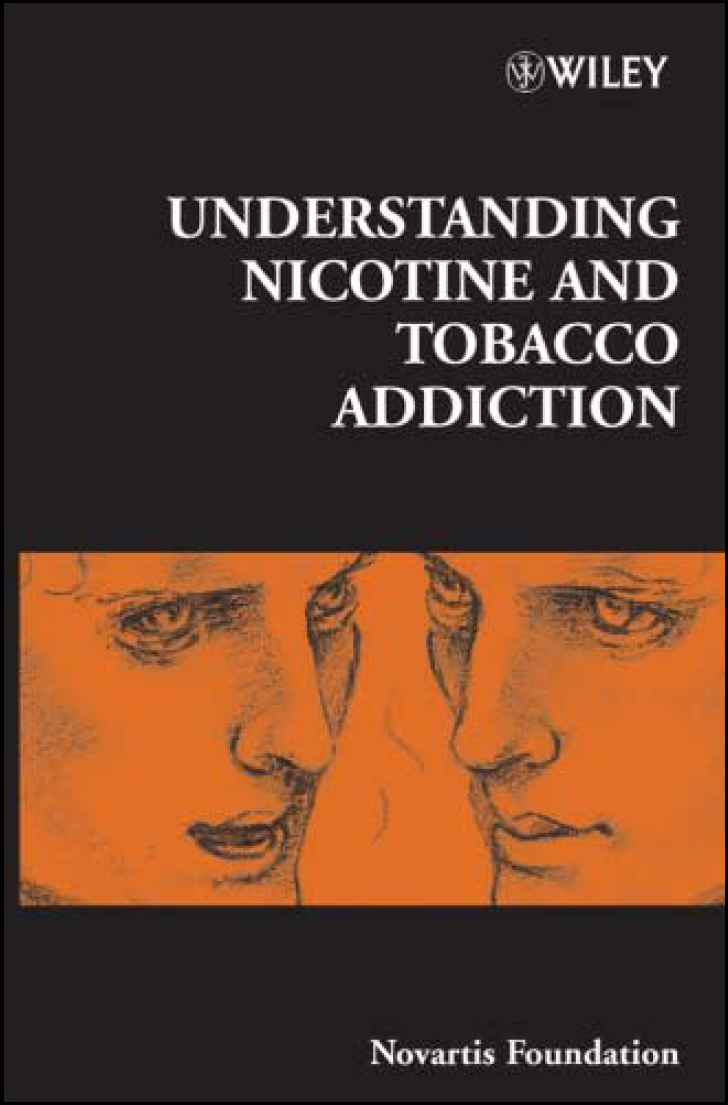This book is an edited collection of talks given by major researchers in nicotine addiction at a symposium funded by Novartis. Nicotine is an unusual addictive drug because it is not all that hedonic and it is perfectly possible to smoke and perform complex tasks, like driving a car, providing you do not crash while lighting up. It is much more difficult to get rats to self-administer nicotine than it is cocaine, for example. However, humans find it really difficult to stop using cigarettes and the majority of attempts to quit end in failure within a few weeks, even with maximum therapy. How can something so nondescript in its effects get such a grip on us? Unfortunately, no one contributing to this seminar will tell you, but readers will get partial answers to these questions.

The 15 chapters in this book are diverse. Some of them, for example the one on nicotinic acetylcholine receptor functions in the central nervous system, are essentially papers that give the results of one or a series of closely interrelated experiments. I always struggle with such work to understand where it fits in to the picture of smoking we see. Fortunately, many of the chapters are followed by the edited transcript of a discussion, in which, sometimes, clinical researchers try to grapple with the basic science and apply it to humans. In this case, however, the comments are left to the basic scientists alone, which means that less of an integrative perspective is offered. Nevertheless, the questions and comments do put the findings into a somewhat broader context. At times, these discussions are inadvertently amusing.
Chapters such as ‘Defining and assessing nicotine dependence in humans’ do take an integrative approach and probably offer insights that could not be gained by reading the journals. The author draws on his own recently published theory of addiction, which is not specific to tobacco, to examine how the DSM–IV criteria, and other widely used measures of dependence, apply to smoking, and offers new insights both on smoking and the concept of dependence in general. The fact that these chapters follow one another show the reader that the text leaps around without any linking and does not offer a coherent account of the phenomena of nicotine addiction and smoking.
This is an expensive book aimed at the nicotine researcher. Anyone who has attended conferences of the Society for Research in Nicotine and Tobacco will have heard many of these talks and had more fun than they will reading this book. However, it does summarise some aspects of the rather disparate approaches taken to understanding this most widespread of lethal addictions. Bringing these into the same symposium is one thing, integrating their insights to explain the tobacco epidemic is quite another.



eLetters
No eLetters have been published for this article.